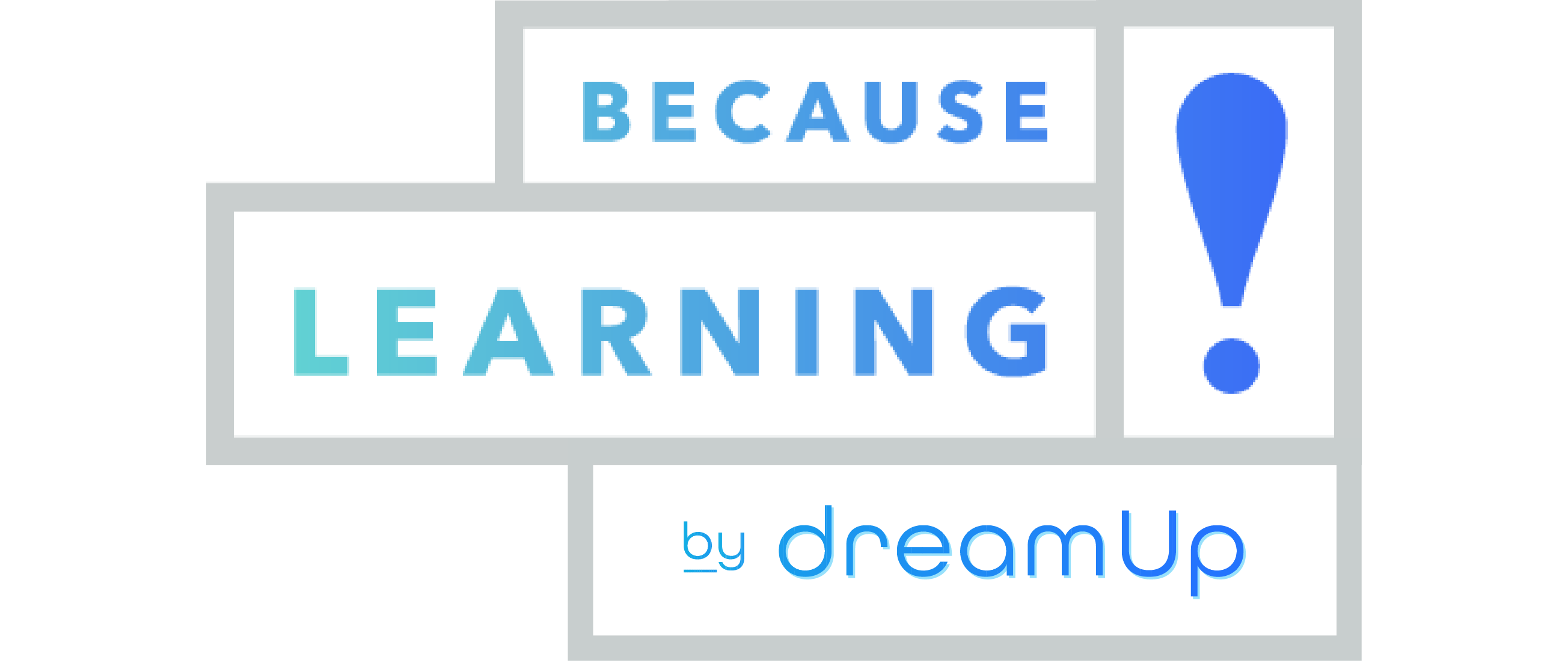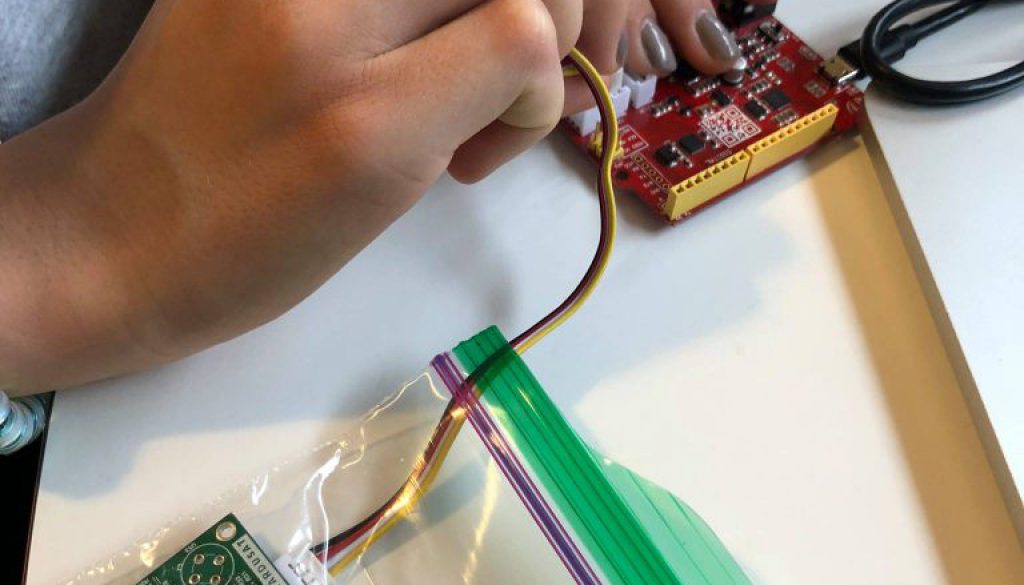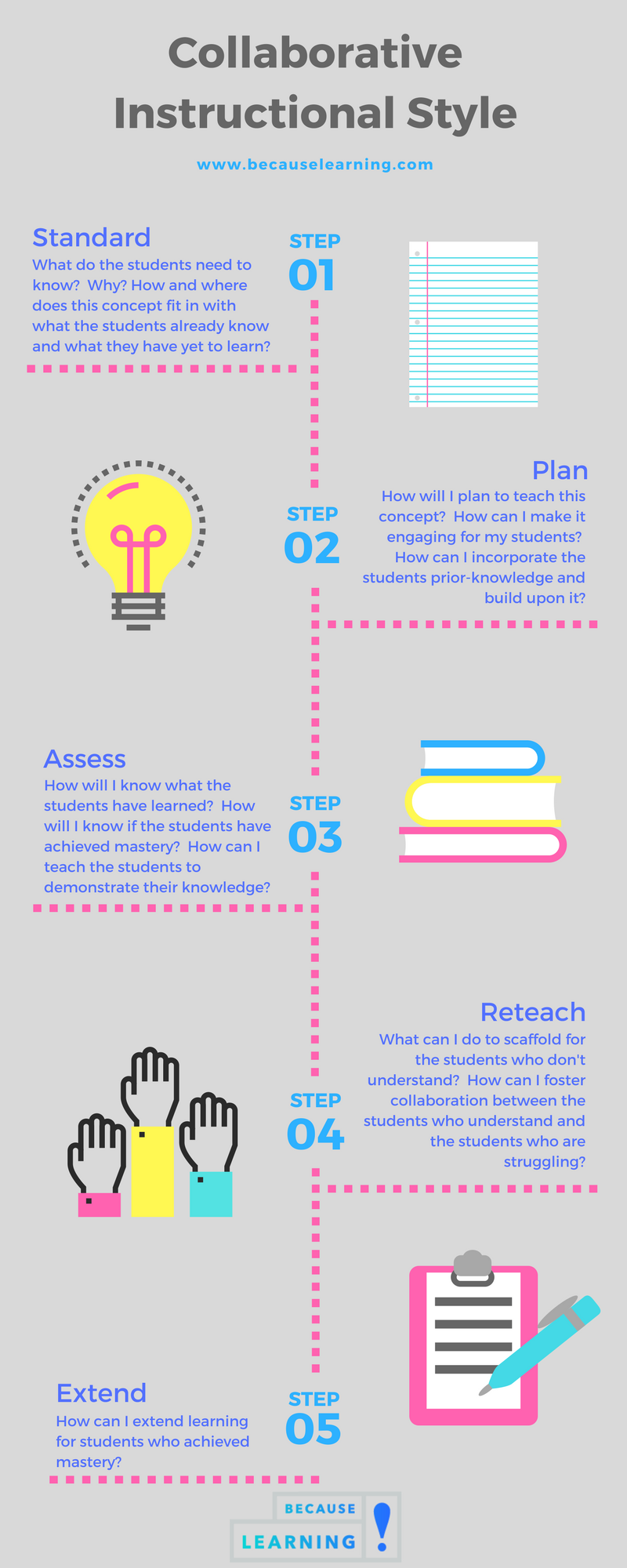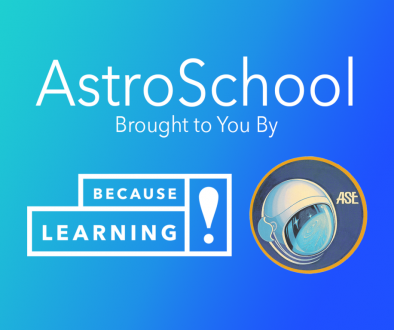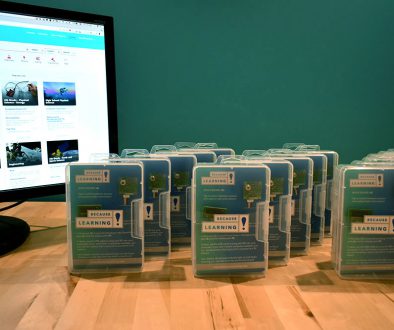Collaborative Instructional Style Learning
“How can I help students master what they learn? And how can I help students who master material faster stay engaged, while not leaving behind the students who take a little more time?”
In many classrooms, students fit into one of three groups: average learners, slower learners, and faster learners. Meeting the needs of all three at once can feel like an endless challenge. But a type of instructional model may provide an answer for many educators.
Known as the Collaborative Instructional Style of teaching (and also known as Reteach and Enrich), this method helps students find subject mastery – no matter where they fit on that spectrum.
What is Collaborative Instructional Style, and Does it Actually Work?
In brief, Collaborative Instructional Style refers to a teaching framework focused on providing multiple instructional approaches to learning. A teacher’s lesson would be accompanied by additional instruction from another teacher, students, or activity. This gives each type of student multiple opportunities for mastery.
Collaborative Instruction isn’t new. In fact, schools have been using it for over a decade with great results. For example, Mesquite Elementary School in Tucson, Arizona used Collaborate Instructional Style teaching to move its ranking from “performing” to “excelling” in just one year. Since achieving that status, Mesquite Elementary has maintained its “excelling” status every year.
Like any program, how schools implement the Collaborative Instructional Style of teaching is just as essential as the framework itself. Without frequently learning, applying, and practicing the principles, schools will struggle to maintain the excitement and enthusiasm educators felt when the program was introduced.
Benefits of the Collaborative Instructional Style
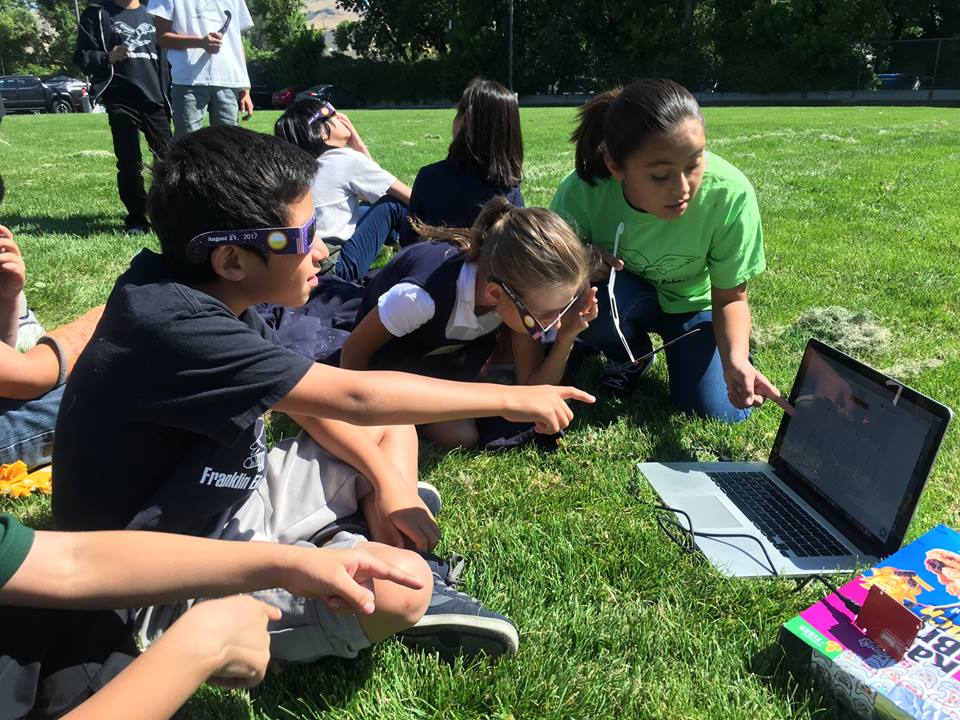
The first step in successfully implementing this type of learning is understanding the “why” – the benefits this style can bring to your learners.
As a teacher, you naturally want to teach to your content area. Through Collaborative Instructional Style teaching, you can give your students experience beyond your subject matter that will benefit them for life.
In the context of learning science, math and other subjects, students learn how to interact with others and become a productive group member. Your students will learn skills they’ll use beyond the classroom.
This means skills such as simple decision making as they answer questions like, “Who’s going to do what in our group?”, and, “How can individual students help other students who struggle with material?” The answers to these questions help students become successful, well-rounded human beings.
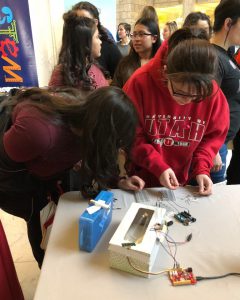
For administrators, Collaborative Instructional Style teaching helps your students achieve mastery. This translates to better performance on standardized tests.
It also means helping students learn to solve their own problems and operate in a way where kids learn to work together. Communication, especially during disagreements, is critical. Since you want your students to learn how to become independent humans, the collaboration piece of this learning style provides benefits throughout the school.
The rising generation of teachers tends to prefer this style of instruction. Really stellar teachers who are willing to go above and beyond the bare minimum – the kind of teachers you want to attract to your school – will be drawn to this teaching style.
As learners engage with this style of teaching, they gain experience collecting data like scientists. Who knows if this can be the spark that sets them off a lifetime of discovery?
What Schools Need to Implement Collaborative Instructional Style Teaching
Over at Edutopia, they’ve gathered a list of 5 things schools need to successfully implement Collaborative Instructional Style teaching:
- A Common Curriculum Calendar.
- Commitment
- Collaboration among all teachers
- Regular assessments and measuring data
- Engaged leadership
Steps to Teaching in This Style

1. Standard
Start with the national or state standard you want to teach. What do you students need to know? Why? And how and where does this concept with in with what the students already know and what they have yet to learn?
2. Plan
Next, determine how this standard fits into your curriculum. How will you plan to teach this concept? How can you make it engaging for my students? How can you incorporate the students’ prior-knowledge and build upon it? Includes lecture and activity portion?
One common method that works well is to combine a lecture or discussion with an activity. This introduces a concept, then provides transfer to put that concept into action.
3. Assess
During the activity, assess how well students are learning concepts. How will you know what the students have learned? How will you know if the students have achieved mastery? How can you teach the students to demonstrate their knowledge?
There are several ways to assess student performance with this model (aside from standardized testing). One example could be having students present information to the class, having them share what they learned and offering feedback. Are they using vocabulary words in the presentation, for example? When they use those words, they are solidifying this meaning in their own heads, as well as reinforcing the concept to the rest of the class. That indicates a higher level of learning.
Another way is to have students talk about what they discovered in pairs. Have them write 5 sentences about what they learned. This approach ties in the language arts piece where they have to write about their experience. You could also consider having them describe how they learned, what the hypothesis was, whether it was right or wrong and whether they mastered the material.
Yet another informal assessment approach is simply to walk around and have a question for every group of students. “Tell me what you’re doing right now,” you might ask. This gives them the opportunity to communicate what they’re learning and assess if they understand the work. Then you can provide individual help or support when they’re struggling with vocabulary or concepts.
4. Reteach
Reteaching takes multiple forms. You can summarize what the class learned after an activity, have a second teacher come in and teach the material a different way, or have the students teach each other. This stage isn’t about a specific method, but just ensuring reteaching occurs as part of instruction.
Remember the three groups we talked about at the beginning of this article? Reteaching brings low performers up, helps average learners get a bump, and gives higher performers (who may get bored easily) a way to helpfully collaborate with kids who are behind.
Helpful questions to guide reteaching include, what can you do to scaffold for the students who don’t understand? How can you foster collaboration between the students who understand and the students who are struggling?
5. Extend
The final step is to expand on objectives when students master basic concepts. This helps advanced learners not be bored while they are learning, answering the question, “How can I extend learning for students who have achieved mastery?”
Extending learning takes some finesse, but doesn’t have to be hard. For example, many teachers using Collaborative Instructional Style love our sunscreen lesson because it gives students great hands-on experience with science and data measurement. In this experiment, students compare different sunscreen brands to measure which ones block the most UV rays.
To extend that activity, you might ask a student, “”What if you tested a different SPF instead of testing different brands? How would that change your results?” This stimulates critical thinking, helping plant a seed that the student nourishes outside of the school hour.
BONUS – Download This Infographic
We’ve created a simple infographic to help you remember these 5 steps and use Collaborative Instructional Style in your classroom. Click the image below to view and download!
How Because Learning Fits in This Framework
When we speak to teachers using Because Learning in their classrooms, they’re thrilled at how well the standards-based lessons fit into their curriculum. Our lessons are an excellent starting point for helping students of all performance levels engage with subject matter concepts. It provides a way for transfer, taking theory and turning it into real-world observations.
And since the Because Learning Sensor Kits allow students to collect real data, our lessons give them practice acting like real scientists. This turns kids from passive consumers of knowledge into active learners.
More and more schools are seeing the value of the Collaborative Instructional Style. The benefits are more than just performance improvements – they’re also seeing kids transform into well-rounded members of a group. They’re watching students “get it”, especially students who have previously struggled with material.
If you’re interested in learning more about the Collaborative Instructional Style, connect with our Learning Team. Our Learning Experts are able to provide the professional development training you need to successfully bring better STEM learning to your school.
